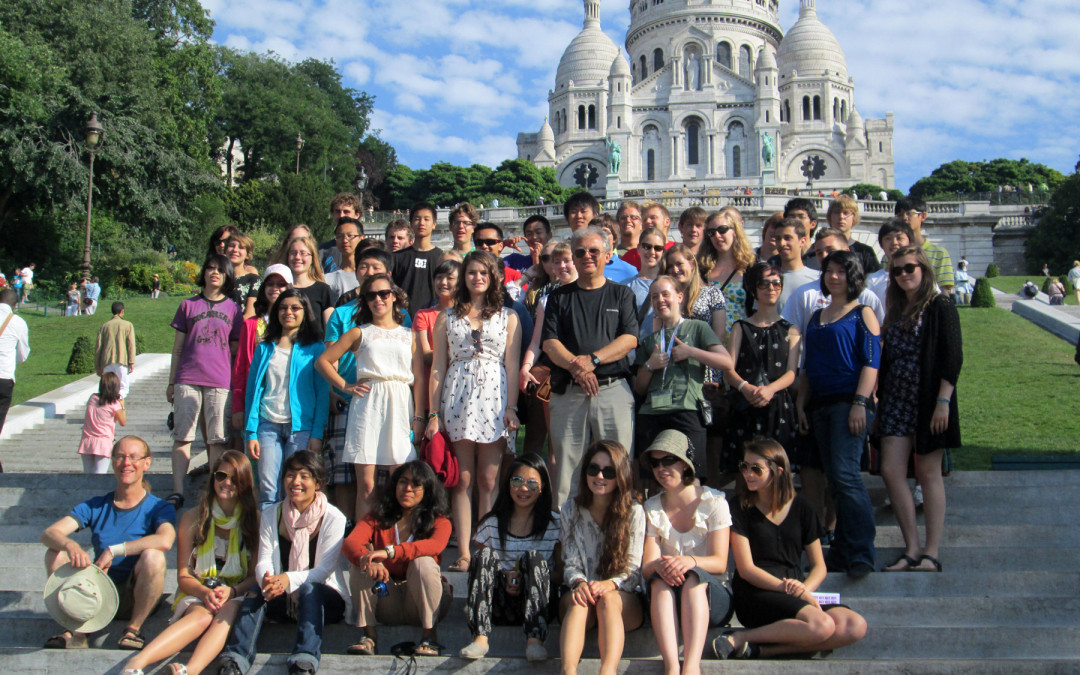Groups and ensembles can be inundated with opportunities and “special invitations” to perform and/or compete in venues and destinations throughout the world. In deciding what kind of tour and where to go, it helps to keep in mind the desired rewards and ultimate objectives of a real concert tour, many of which are listed above in response to the question “Why tour?” If a director or group first asks, “What kind of tour will best benefit our group?” decisions regarding destination become far easier. In remembering that the time, talent, and resources of your group and supporting community are precious, and that your ensemble deserves the best possible concert tour experience, consider the following:
- Purely “fun” or “entertainment” tours such as theme park tours tend to provide a rather hollow and brief musical experience (if any) and otherwise rob musicians of the opportunity to experience a far richer ‘real-life’ concert tour.
- Competitions or adjudicated events put on by “for profit” companies can also compromise what could be a far more culturally, emotionally and musically rich experience. The cost of preparing your ensemble to travel across the country to perform for 20 minutes in a small auditorium for a guaranteed trophy (based on comments/ratings received by paid adjudicators who have been primed to give good ratings so you’ll return in two years) is far too high and the rewards are far too few.
- World-wide festivals and stand-alone concert tours provide your group with meaningful performances in unforgettable venues, valuable cultural exchanges, educational excursions, and experiences that continue to inform and inspire over the course of a lifetime. Opportunities to attend local concerts and to work with master conductors/clinicians can also help your musicians reach the ‘next level.’
An actual trip report from the mother/chaperone of a young choir member puts many of these ideas into perspective:
After our arrival in San Francisco, we loaded up the buses and headed to one of the area universities for a clinic. Road construction and traffic made us a little late but the clinic was excellent. After the choir performed, the clinician pointed out the things the choir was doing well; then she suggested ways they could fine tune and improve their performance. As it turned out, the clinic was the musical highlight of an otherwise disappointing tour. The next day there was a adjudicated event at a school where the choir filed into an empty gym to sing for a panel of judges. (All that effort to pack and press the choir robes and no audience or anything!) The choir was given very high marks. The rest of our stay was spent at a local amusement park and the pier. The chaperones wanted to assemble the choir members at the pier so they could at least sing for the crowd but because this was not planned, as soon as the bus pulled into the parking area, the students scattered to shop and eat. And they SHOPPED AND ATE for the next eight hours! It wasn’t easy keeping track of everyone in such a large, crowded area. When we flew home the next day, it occurred to me too late that I should have asked a lot more questions about the itinerary and nature of the tour. Such a tremendous amount of effort, money and sacrifice! And such a great choir! So it was especially disappointing they did not have an opportunity to really perform. And I thought this was supposed to be a musical tour.

